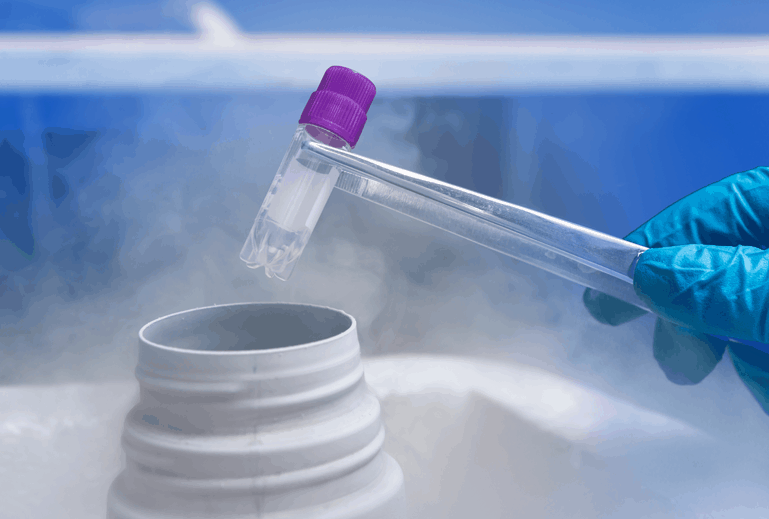
Frozen Blastocyst Transfer: A Thorough Description
Did you know that the embryo has a 95 to 100 per cent chance of survival with the ART or assisted reproduction technology of vitrification? FBT or Frozen blastocyst transfer is usually done after the follicular aspiration’s 5th day. In this procedure, the transfer of single or multiple embryos takes place. These embryos are in an advanced development stage known as the blastocyst stage.
The 5th-day frozen blastocyst transfer success rate is considerably higher than the 3rd-day. During embryo development’s first 3 days, the division leads to the formation of separate cells. These are known as cleavage embryos. From day 3 onwards, the formation of blastocyst takes place. Structurally, a cleavage embryo is less complex than a blastocyst embryo.
There are more than 100 cells that are formed during the blastocyst development stage. These cells are differentiated into two types, namely inner cell mass and trophoblast. Let us further discuss frozen blastocyst transfer.
Procedure Of Frozen Blastocyst Transfer
The process of the frozen embryo transfer treatment cycle is ideal for women who are having problems getting pregnant. With the assistance of a FET cycle, embryos are implanted in the womb during the best period of the menstrual cycle for pregnancy.
In the procedure, your doctor will retrieve the eggs from your ovary. This is known as follicular aspiration. In the lab, these eggs are then fertilized with the help of either a normal IVF short for in vitro fertilization treatment or ICSI short for intracytoplasmic sperm injection. For this process, it is important to choose the best fertility centre in Delhi.
When the egg successfully fertilizes, it starts to form separate cells. This development leads to the formation of an embryo. The development stages of this embryo differ by day. On day 1, the fertilized egg is in the pronuclear stage.
Next comes the 2 cells to 4 cells stage on day 2. On day 3, 8 cell stage takes place. Day 3 embryo is also known as the cleavage embryo. The next stage is the morula stage for day 4. And lastly, the blastocyst stage occurs on day 5.
After 2 or 3 days of follicular aspiration, your doctor will implant the embryo in your uterus. This procedure is known as embryo transfer. For frozen blastocyst transfer, the observation of the embryo’s development takes up to 5 days or the blastocyst stage. This is possible with the help of blastocyst culture. This also gives the chance to choose a higher-quality embryo. As a result, the frozen blastocyst transfer has a higher success rate for pregnancy.
Benefits Of Frozen Blastocyst Transfer
There are a few benefits that come with selecting the frozen blastocyst transfer with the best IVF clinic in Delhi. These are as follows:
- The better the quality of an embryo, the higher the chances of getting pregnant. The blastocyst transfer enables the embryologist to select the embryo of the highest quality. An embryologist will observe the embryo’s development and select the healthiest option with a higher survival chance.
- The procedure of blastocyst transfer involves a smaller number, i.e., 20 – 30% of all the embryos are at the blastocyst stage. This makes identifying embryos with higher potential easy. Further, this increases the chances of getting pregnant.
- The decreased number of embryos also decreases the possibility of multiple pregnancies. In the case where two blastocyst embryo transfer, there is a 25% chance that they both get implanted.
- With the assistance of the best IVF doctor in Delhi, blastocyst transfer is perfect for implantation. The reason is that an FBT closely follows a normal pregnancy. Implying, just as a natural pregnancy may take up to 5 days to reach the uterine cavity, the blastocyst is ready by the 5th day for implantation. This ensures that the uterus wall is ready to implant the embryo.
Conclusion
Frozen blastocyst transfer is the process of retrieving eggs from the ovary of a female and fertilizing them in the lab. When the embryo reaches the blastocyst stage, the doctor places it into the uterus for implantation. This process has a higher success rate as compared to the day 3 embryo along with other benefits listed above.
